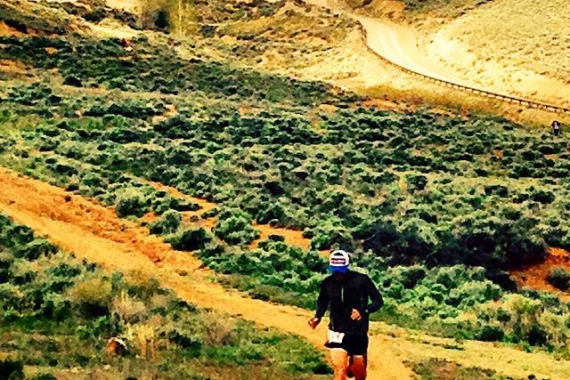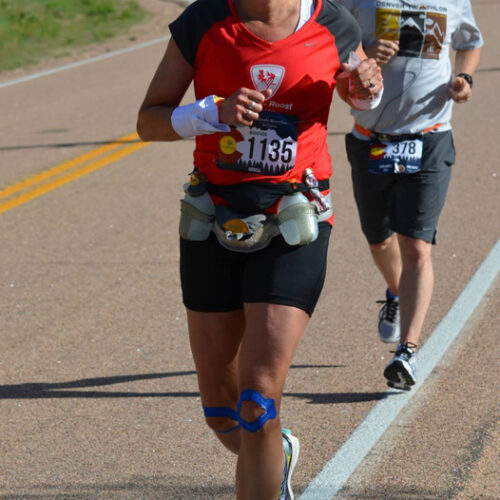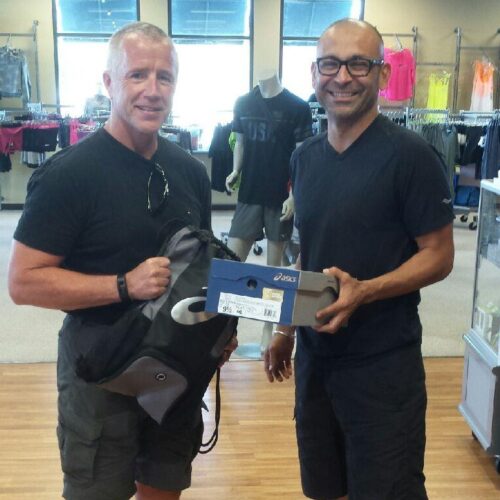Posted by: Balega
Next to running, recovery is the most-critical part of training. After your longest run of the week, you might be thinking of lounging on the couch with your favorite snacks; however, recovering the right way consists of a few action steps. Follow these recovery tips below to ensure quality rest so that you’re fresh and re-charged when it’s time to kick into training once more.
Re-Fuel Right
After your long run, you have about a 30-minute window of time to get a healthy mix of protein and carbs in you to replenish glycogen stores and repair muscles. Aim to nutrient rich foods and stay away from sugar to avoid the ubiquitous crash. Some good options would be banana with almond butter, eggs and sweet potatoes or a recovery drink. In addition to food, don’t forget to hydrate!
Remember to Move
If your bed is calling your name, it’s completely fine to nap and rest your body–remember sleep is the best form of recovery! But staying sedentary too long during the day will make you stiff and extend your soreness. It’s best to stay active. Get your body moving with some light walking and stretching. This will keep your blood moving and loosen up tight muscles.
Care for Your Muscles.
Your muscles work hard for you throughout your training, especially for long runs and races, so remember to say “thank you.” This can be done by stretching, yoga, ice baths, foam rolling and massage (treat yourself!). While time with a professional masseuse can get pricy, a little DIY self-massage is a great, free option. Rubbing sore, tight muscles might hurt at first, but you’ll get the blood moving, which will ease the discomfort. Also, investing in compressions socks and tights is also a great idea to limit inflammation and increase circulation.
Rest Days are Key
During training, it may seem mentally difficult to rest but you’ll thank yourself later. To improve and become a better runner, you must rest and recharge your body. If you are still feeling fatigued, sore and achy after your scheduled rest day, it’s OK to take another day off. If you’re anxious to get your run in, try a recovery run. Go for a slow, easy run for about 30 minutes. This will help flush out lingering toxins and lactic acid and stimulate blood flow to the legs.
Every person and every big run is different. Whatever your recovery looks like, remember that the main objective is to feel good–both mentally and physically–before lacing up your shoes again.















Recent Comments